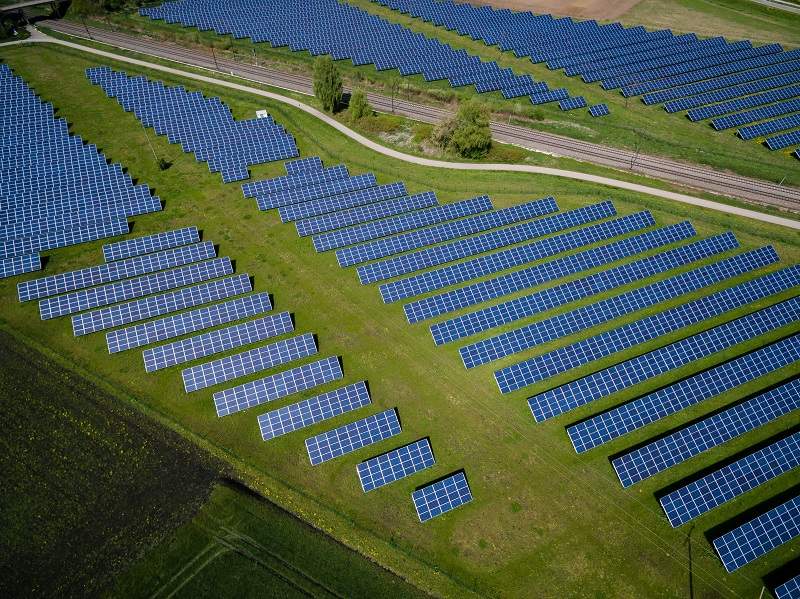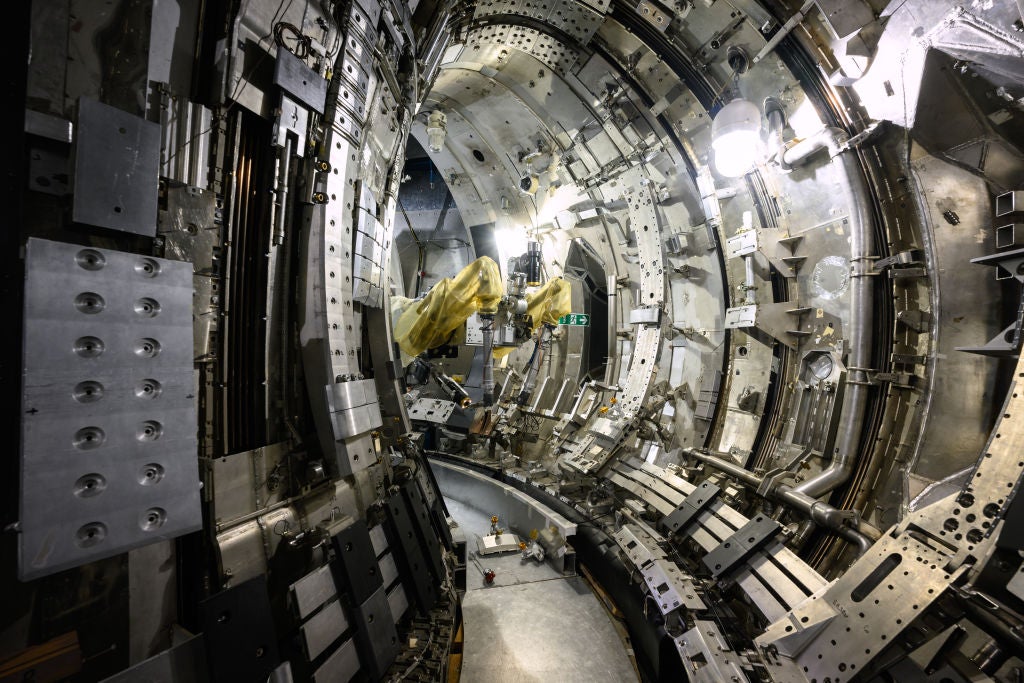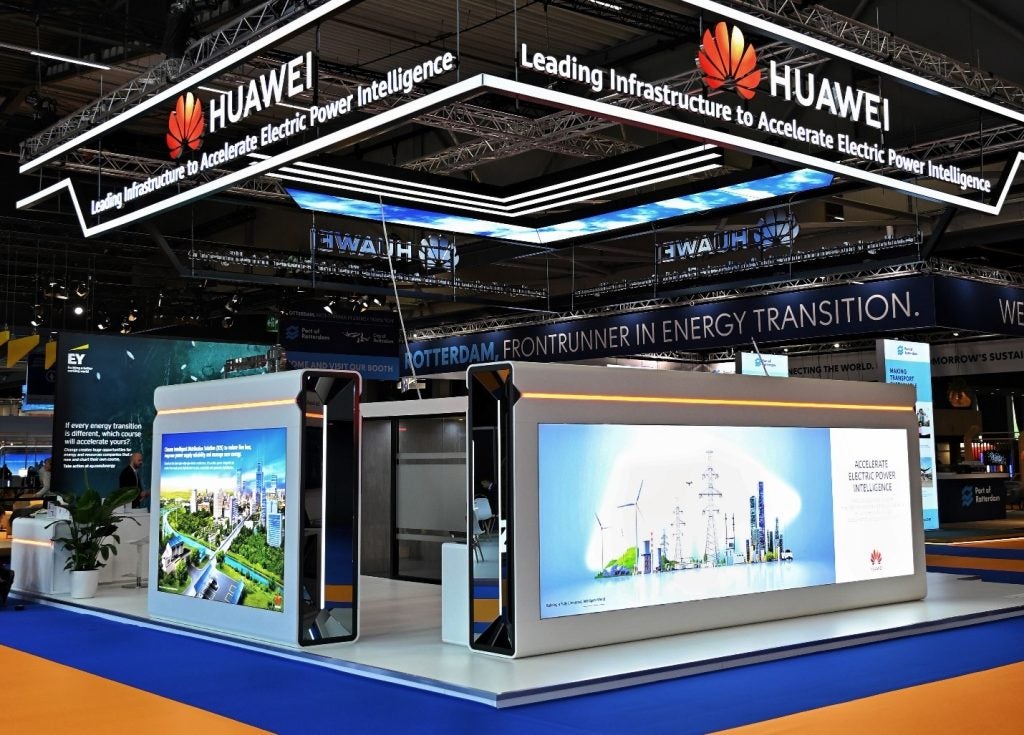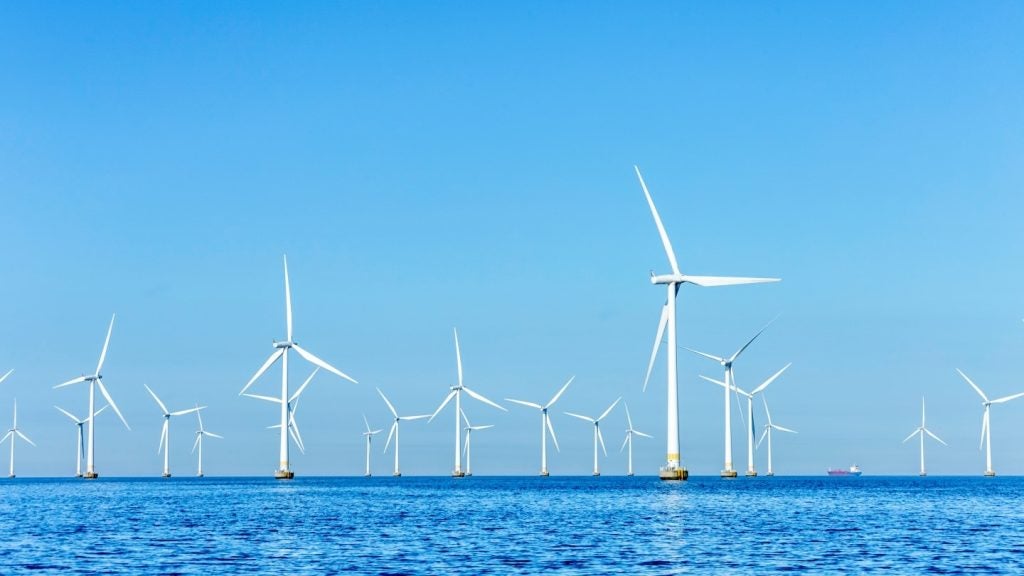
Australia’s financial group Macquarie Group has agreed to join the consortium engaged in developing the Asian Renewable Energy Hub project.
Consortium members include Intercontinental Energy, Vestas and CWP Energy Asia, and Macquarie has agreed to provide development capital to the project.
Asian Renewable Energy Hub project is being developed in the Pilbara region in Western Australia with an investment of more than A$22bn ($15.5bn). It will feature a wind and solar hybrid power facilities.
The hub’s generation capacity has expanded from 9GW to more than 11GW.
More than half the energy generated from the hub has been allocated for existing and new energy users in the Pilbara, including mines, mineral processing and anticipated large-scale production of green hydrogen.
How well do you really know your competitors?
Access the most comprehensive Company Profiles on the market, powered by GlobalData. Save hours of research. Gain competitive edge.

Thank you!
Your download email will arrive shortly
Not ready to buy yet? Download a free sample
We are confident about the unique quality of our Company Profiles. However, we want you to make the most beneficial decision for your business, so we offer a free sample that you can download by submitting the below form
By GlobalDataHowever, a significant portion of the power generated from this capacity is for direct export to the South East Asian region through subsea electrical cables.
Pilbara Development Commission chairperson Brendan Hammond said: “Renewable energy is a key economic diversification opportunity for the Pilbara, which capitalises on existing natural wind and solar assets.
“Producing renewable energy in the region would boost the business competitiveness of the Pilbara by significantly lowering the cost of energy to accelerate the rate development in not only mining but other emerging industries.”
Of the 11+ GW power generation capacity, 7.5+ GW of energy will be generated via wind turbines, while 3.5+ GW will be generated using solar PV arrays.
Financial close for the hub’s first phase is expected to take place by 2021, and the hub is due to be constructed in various phases over a period of six to seven years.







